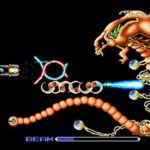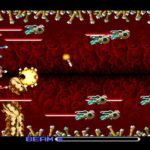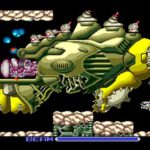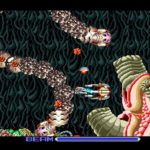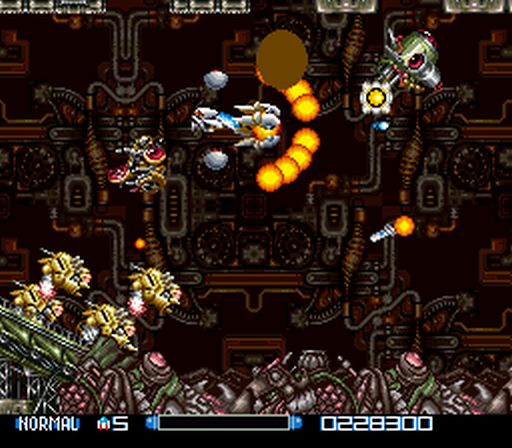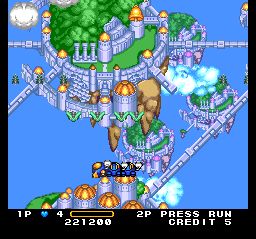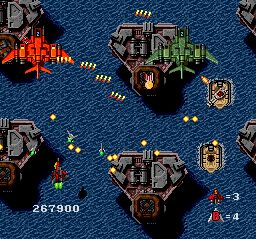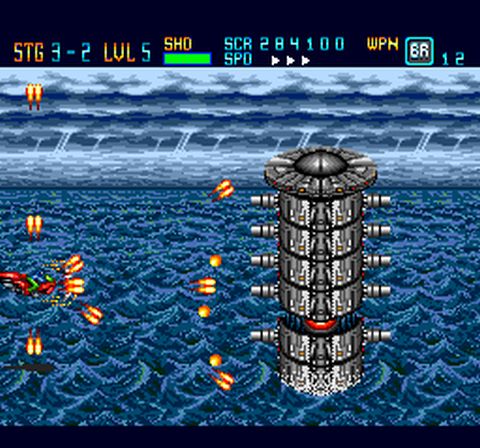Of the many shooters that I have played over the decades I count three that shaped my tastes. Gradius was one of the first major shooters I ever played. There’s Zanac, which introduced me to Compile and their penchant for elaborate weapon systems. And finally R-Type. With its unrelenting difficulty and unique Force pod R-Type left its mark on the genre and was ported to nearly every platform under the sun. For the longest time the Turbo Grafx-16 version was as close to the arcade as you can get. This is an excellent port of one of the most important games in the genre and still plays great today.
It can’t be stated enough just how influential R-Type has been on the genre. It’s Force pod is one of the most copied play mechanics of all time next to Gradius’ power-up grid. Shades of its level design can be found in plenty of games released even today. All of that would mean nothing if the game itself were terrible but developer Irem created a wonderful sci-fi adventure to go along with its innovations.
Surprisingly R-Type has a very small weapon set at just three. And to be completely honest with the exception of one they are all underwhelming. The Rebound laser works well in enclosed spaces and will occasionally hit random enemies as it bounces of walls. But when focus fire is needed it lacks power. The Counter Ground laser travels along the ceiling and floor of any surface. But once it again its use is situational. The Counter Air Laser is basically the de facto weapon that is exceptional in all situations next to your bits and missiles.
You can’t talk about R-Type without mentioning the Force. At first glance the force pod seems incredibly simple, supplementing your fire and providing the special weapon. But it is its versatility that made it so heavily copied by other developers. Attaching it to the back of your ship protects you from behind. Sending it out can provide covering fire and eliminate enemies before they spawn. Keeping it attached to your ship makes it the closest thing to a shield the game has. Making the most of the Force is key to ever seeing the late stages of the game, letting alone the end.
Next to its mechanics R-Type is notable for its pacing. This is a slower paced shooter, even more so than Gradius. Every enemy placement and spawn point is meticulously planned out and has to be considered before you move. This is more of a thinking man’s shooter, as strange as it sounds. That makes it no less intense than many of its brethren as it can descend into chaos at a moment’s notice. In these moments it is easy to lose track and fall to a stray bullet, which happens more than you will expect. In a way the limited weapons almost make sense; if they were more powerful the game would almost be easy. Almost.
The H.R.Giger influenced art direction leads to some pretty spectacular set pieces and creatures. The first boss is Dobkeratops, who is featured in nearly all of the game’s promotional artwork. Stage three is one long fight against a monstrous battle ship that spans the entire level. Stage four, the Frontline Base features Cytrons that create webbing that obstruct your path. You need to take them out before they cover the level and leave little room to maneuver. The Den is filled with organic life forms that separate on death who appear in increasingly large numbers. And that’s just the first half. It is too bad most will never see the game’s later levels as R-Type is absolutely brutal.
R-Type pulls no punches when it comes to its difficulty and in my opinion is one of the hardest shooters of all time. That is really saying something as the genre on average is more challenging than nearly all others. Most levels have one checkpoint and you’ll fight tooth and nail just to reach it. The game is basically trial and error in terms of making progress but I don’t like how much it relies on gotcha moments for cheap deaths. That is a sign of its arcade roots but that doesn’t make it any less frustrating. If you die regardless of checkpoints you might as well start over as there are insufficient power-ups to deal with the end level bosses.
As bad as it is early on its nothing compared to the game’s second half. The game undergoes one of steepest difficulty increases I’ve ever experienced. The number of enemies increases dramatically, bullets fly everywhere and enemies seemingly spawn at random. The level of memorization needed just to survive a few moments is insane and almost ruins the game. If you can make it to the final boss, good luck. It literally took hours for me to finally take this one bastard down and in the end it didn’t feel rewarding, just frustrating.
It’s a shame most won’t ever see beyond the first four levels as the quality of the conversion is amazing. The difference in resolution means the playing field scrolls at the edges but aside from a minor loss in detail this is nearly arcade perfect. Even at its worst moments the game never slows down. This may sound strange but I think a little slowdown would have helped. As a bonus the US got the better deal. In Japan R-Type was split across two Hucards but was combined for its western release. Pretty nice all things considered.
In Closing
There are many arcade perfect ports of R-Type available on more powerful consoles. But this Turbo Grafx release is still excellent and one of its better shooters. It’s a bit too difficult but still a classic in my eyes.
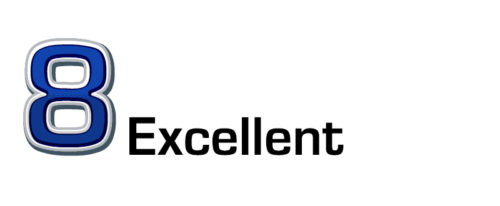
[ngg_images source=”galleries” container_ids=”15″ display_type=”photocrati-nextgen_basic_thumbnails” override_thumbnail_settings=”0″ thumbnail_width=”240″ thumbnail_height=”160″ thumbnail_crop=”1″ images_per_page=”12″ number_of_columns=”0″ ajax_pagination=”0″ show_all_in_lightbox=”0″ use_imagebrowser_effect=”0″ show_slideshow_link=”1″ slideshow_link_text=”[Show slideshow]” order_by=”sortorder” order_direction=”ASC” returns=”included” maximum_entity_count=”500″]

